The Beatles
The Beatles were the most significant force in popular music during the second half of the 20th century. The quartet from Liverpool, England, expanded the creative scope of rock and pop, led the '60s British Invasion and enjoyed a cultural effect far beyond the pop charts. Long after their 1970 breakup, the Beatles continue to represent a monumental standard in pop music.
The band's essential lineup was: John Lennon (Oct. 9, 1940 - Dec. 8, 1980), Paul McCartney (b. June 18, 1942), George Harrison (Feb. 25, 1943 - Nov. 29, 2001) and Ringo Starr (b. July 7, 1940), each born in the port city of Liverpool.
Their collaboration began when McCartney joined Lennon's skiffle group, the Quarrymen, in 1957, followed by Harrison in 1958. By 1960, the band included Lennon's friend Stuart Sutcliffe (June 23, 1940 - April 10, 1962) on bass and drummer Pete Best (b. Nov. 24, 1941), along with a new band name — the Beatles. That same year, the band traveled to Hamburg, Germany, for a 48-night nightclub residency, the first of several trips there.
By 1961, Sutcliffe left the band, and the Beatles began playing regularly at the Cavern Club in Liverpool. It was there that they were noticed by Brian Epstein (Sept. 19, 1934 - Aug. 27, 1967), whose family owned the NEMS music store chain. He became the band's manager and financed a demo recording, which he presented to producer George Martin (b. Jan. 3, 1926), who signed the band to EMI/Parlophone Records.
Martin conducted the Beatles' first recording session at Abbey Road Studios in 1962, just after Best was replaced by Starr. The band recorded “Love Me Do” and “P.S. I Love You.” That October, “Love Me Do” was the band's first top 20 U.K. hit. Soon after, “Please Please Me” reached No. 2. Martin then recorded the Beatles performing another 10 songs in a single day for the album “Please Please Me,” ending with Lennon singing a raging cover of “Twist and Shout.” The album topped the U.K. chart in 1963. (It was released in the U.S. first as “Introducing . . . the Beatles” on Vee-Jay records in 1964, then reissued by Capitol as “The Early Beatles” in 1965.)
The band's increasing popularity among a new generation of pop music fans was dubbed “Beatlemania,” as the debut album remained securely at No. 1 until the release, on Nov. 22, 1963, of a follow-up, “With the Beatles.” The second album was dominated more by originals written by Lennon and McCartney, including “All My Loving.” (In the U.S., the album was released as “Meet the Beatles” in 1964, and also included “I Want to Hold Your Hand.”) The Lennon-McCartney partnership would become one of the most successful in modern songwriting history.
The Beatles arrived on their trip to the U.S. in February 1964. They were greeted by thousands of people at the airport in New York and appeared twice that month on “The Ed Sullivan Show.” In April, the band held all of the top 5 positions on the Billboard pop singles chart, an unprecedented achievement. It was the beginning of a new British Invasion of sounds from across the Atlantic.
Back in England, the foursome filmed and released what became a huge international hit movie, “A Hard Day's Night,” a fictionalized account in vivid black-and-white of their lives as Beatles directed by Richard Lester. The soundtrack included the title track and “Can't Buy Me Love,” both chart-topping singles in the U.S. and Britain.
The band began a heavy touring schedule around the world, returning to the U.S. in August, where they were introduced to Bob Dylan (and marijuana) in New York, and performed their first show at the Hollywood Bowl that same month (returning again to the venue a year later). In late '64 came “Beatles for Sale” (most of it released as “Beatles '65” in the U.S.) and another film with Lester, the full-color “Help!” released July 29, 1965, along with a hit soundtrack album.
Also in 1965, Queen Elizabeth II awarded the Beatles membership into the Order of the British Empire (MBE). At the end of the year, the Beatles released the musically adventurous “Rubber Soul,” which included increasingly sophisticated song-craft and lyrics of personal reflection in the songs “Norwegian Wood (This Bird Has Flown)” and “In My Life.”
In a 1966 interview, Lennon was quoted as declaring, with typical irreverence, “We're more popular than Jesus Christ now.” The resulting backlash and burning of Beatles records in the American south and elsewhere led to Lennon's apology during a news conference. “Revolver” was released in August 1966 and marked another startling step forward in sophistication, with more catchy hooks, psychedelic elements and, in the string quartet on “Eleanor Rigby,” a subtler palette.
The Beatles stopped touring in 1966, with a final formal concert performed at San Francisco's Candlestick Park. In December, the band returned to Abbey Road to begin four months' work on “Sgt. Pepper's Lonely Hearts Club Band,” which accelerated the groundbreaking work of “Revolver.” It included the evocative “A Day in the Life,” and remained at No. 1 on the album chart for 15 weeks.
On June 25, 1967, the Beatles performed the new song “All You Need Is Love” for a live international broadcast called “Our World.” While the Beatles were in Wales beginning their involvement with the Maharishi Mahesh Yogi, Epstein died of a prescription drug overdose, later ruled accidental.
The band began work on the McCartney-led project “Magical Mystery Tour,” a musical film that was widely dismissed by critics, though the music continued to grow in unexpected ways. It was followed by the animated film “Yellow Submarine,” which set the band's music to surreal pop-art imagery. The band also released a new single, the No. 1 hit “Hey Jude,” backed by “Revolution.”
Their next release was a double album simply called “The Beatles,” though it is popularly known to fans as “The White Album” for its gleaming white cover. The music on the No. 1 album continued their growth, but also notably presented band members more as individuals, not as a unified voice. It was the first release on their new Apple Records label and included a wild sound experiment called “Revolution #9,” which Lennon recorded with new love Yoko Ono. The couple released another joint recording called “Two Virgins,” which had an album cover depicting Lennon and Ono in the nude.
As tensions grew within the band, the Beatles began working on a stripped-down collection of music while surrounded by movie cameras for a planned documentary and an album McCartney hoped to call “Get Back.” The project included a brief lunchtime concert for startled passersby on the London rooftop of Apple, and included the songs “Get Back” and “I've Got a Feeling.” Film footage often revealed band members in conflict, and the project dissolved amid severe dissatisfaction and disagreement between band members. A breakup seemed imminent, but the band reconvened with producer Martin at Abbey Road to record their final studio album, “Abbey Road,” released to great acclaim in September 1969.
The band continued to argue over business affairs, ultimately agreeing to dissolve the Beatles, made official with the release of McCartney's first solo album, “McCartney,” in 1970. The band's unfinished work on the “Get Back” project was assembled the same year by producer Phil Spector into “Let It Be,” the Beatles final release of new material.
Lennon, McCartney, Harrison and Starr each enjoyed great success as solo artists in the years after the breakup, and expressed various degrees of disinterest in suggestions they might reform as the Beatles. The quartet never reunited as a group, but each appeared and wrote songs on Starr's 1973 top 10 solo album, “Ringo.”
On Dec. 8, 1980, Lennon was murdered by a deranged fan outside his Manhattan apartment building after returning home from a recording session with Ono. Harrison was attacked in his home by a knife-wielding intruder in 1999 and survived several stab wounds. He died of lung cancer in 2001 at a rented home in the Hollywood Hills. McCartney and Starr continue to record and tour, occasionally appearing on each other's recordings.
Related stars
|
|
Points of interest
Academy Awards
| Year | Category | Work | |
|---|---|---|---|
| 1970 | Best Original Song Score | Let It Be | Win* |
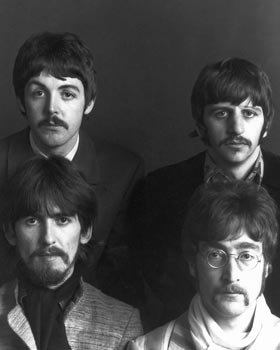
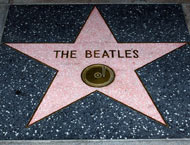
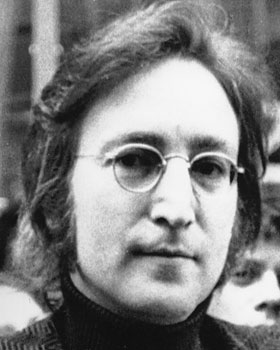
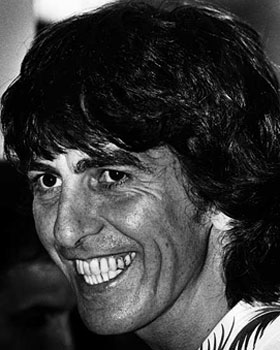
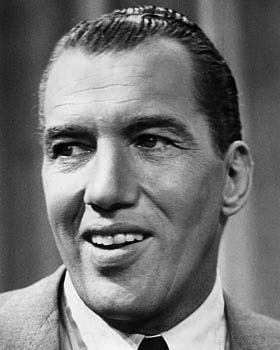
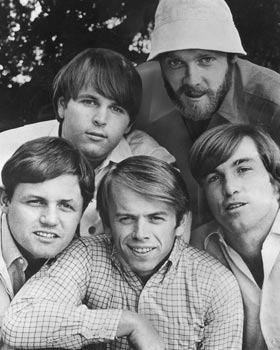
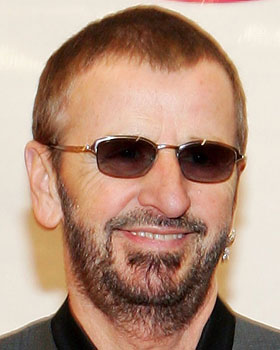
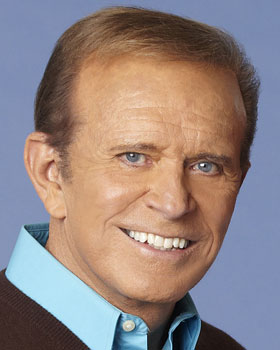
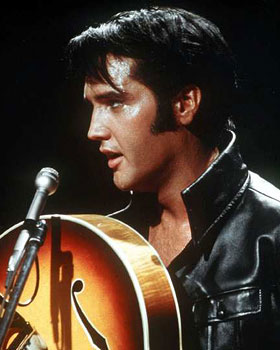
One thought about The Beatles
Share a thought about The Beatles